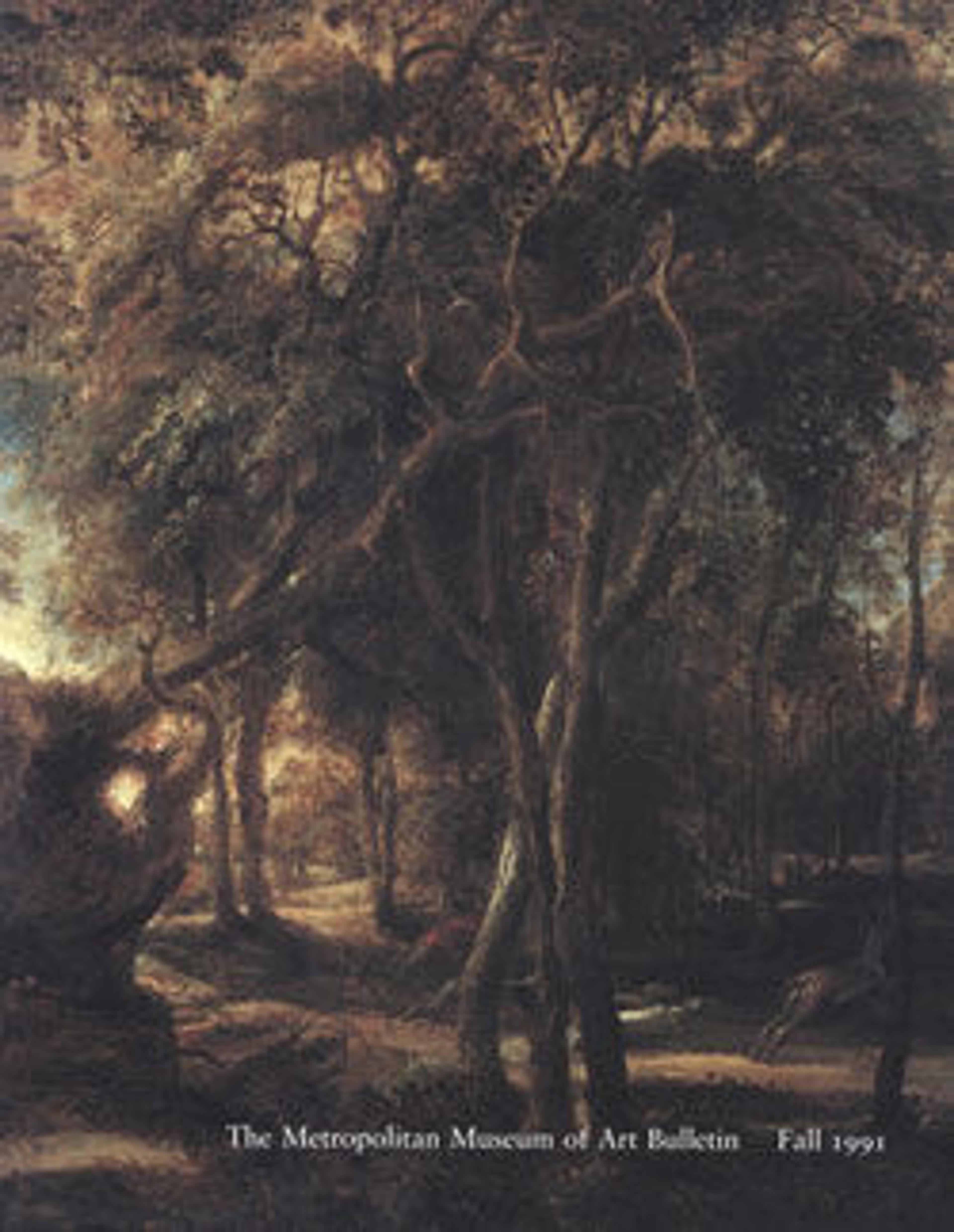Guitar
This instrument dates from the mid-18th century, representing the final era of the Baroque 5-course (double strung) guitar. Joseph Massague (III) was a prominent maker in Barcelona who succeeded his father (Joseph Massague II, violin maker) and grandfather (Joseph Massague I) both of whom were examiners in the carpenters’ guild. This instrument remains in remarkable condition and is a good example of Massgue’s fine craftsmanship. The decorations used here are specific to Massague, although the mother-of-pearl is a later addition, the meandering pattern on the fingerboard and headstock, and the inlayed rosewood motifs on the soundboard can be found on other instruments by Massague.
This guitar by Massague is of an earlier Baroque style: having five-courses of strings and no strutting on the soundboard below the rose. It demonstrates the popularity of earlier guitar playing traditions despite the emerging six-course guitar in the second half of the 18th century. This instrument was made in Barcelona circa 1760, at a time when the six-course guitar was beginning to excel in popularity. Nevertheless, wear on the instrument and later repair work shows that it was still being well used towards the end of the century, demonstrating the coexistence of both guitar types during this transitional period. (Daniel Wheeldon, 3/28/2016)
Technical description: Ten string guitar (five double courses); two-piece pine top (not original) with rosewood binding and purfling (inside) of pine/rosewood/p/r; soundhole diameter of 81.94 mm with intricately carved pine rosette, binding around rosette is mastic with a zig-zag patter of p/r/p/r, circled by p/r/p/r/p/r on either side, inlaid rosewood decoration on soundboard extending onto fingerboard and below the bridge, rosewood tie bridge (not original); two-piece flecked and figured maple back with rosewood binding; ribs, neck, and back of headstock made of flecked and figured maple; rosewood fingerboard with a veneered center decoration of a meandering wave made from multiple layers of wood and pieces of mother-of-pearl (not original) and continuing onto headstock; thirteen frets including nine gut frets tied to the neck and four inlaid rosewood frets extending onto the soundboard; maple headstock with ten friction tuners (five double dourses). (Daniel Wheeldon, 3/28/2016)
This guitar by Massague is of an earlier Baroque style: having five-courses of strings and no strutting on the soundboard below the rose. It demonstrates the popularity of earlier guitar playing traditions despite the emerging six-course guitar in the second half of the 18th century. This instrument was made in Barcelona circa 1760, at a time when the six-course guitar was beginning to excel in popularity. Nevertheless, wear on the instrument and later repair work shows that it was still being well used towards the end of the century, demonstrating the coexistence of both guitar types during this transitional period. (Daniel Wheeldon, 3/28/2016)
Technical description: Ten string guitar (five double courses); two-piece pine top (not original) with rosewood binding and purfling (inside) of pine/rosewood/p/r; soundhole diameter of 81.94 mm with intricately carved pine rosette, binding around rosette is mastic with a zig-zag patter of p/r/p/r, circled by p/r/p/r/p/r on either side, inlaid rosewood decoration on soundboard extending onto fingerboard and below the bridge, rosewood tie bridge (not original); two-piece flecked and figured maple back with rosewood binding; ribs, neck, and back of headstock made of flecked and figured maple; rosewood fingerboard with a veneered center decoration of a meandering wave made from multiple layers of wood and pieces of mother-of-pearl (not original) and continuing onto headstock; thirteen frets including nine gut frets tied to the neck and four inlaid rosewood frets extending onto the soundboard; maple headstock with ten friction tuners (five double dourses). (Daniel Wheeldon, 3/28/2016)
Artwork Details
- Title: Guitar
- Maker: José Massague (Spanish, Barcelona 1690–1764 Barcelona)
- Date: ca. 1755–60
- Geography: Barcelona, Spain
- Culture: Spanish
- Medium: Pine top, figured maple back and sides, rosewood binding, ivory nut, rosewood, mastic, and mother-of-pearl inlaid decoration
- Dimensions: Total length: 933 mm
- Classification: Chordophone-Lute-plucked-fretted
- Credit Line: Purchase, Clara Mertens Bequest, in memory of André Mertens, 1990
- Object Number: 1990.220
- Curatorial Department: Musical Instruments
More Artwork
Research Resources
The Met provides unparalleled resources for research and welcomes an international community of students and scholars. The Met's Open Access API is where creators and researchers can connect to the The Met collection. Open Access data and public domain images are available for unrestricted commercial and noncommercial use without permission or fee.
To request images under copyright and other restrictions, please use this Image Request form.
Feedback
We continue to research and examine historical and cultural context for objects in The Met collection. If you have comments or questions about this object record, please contact us using the form below. The Museum looks forward to receiving your comments.
